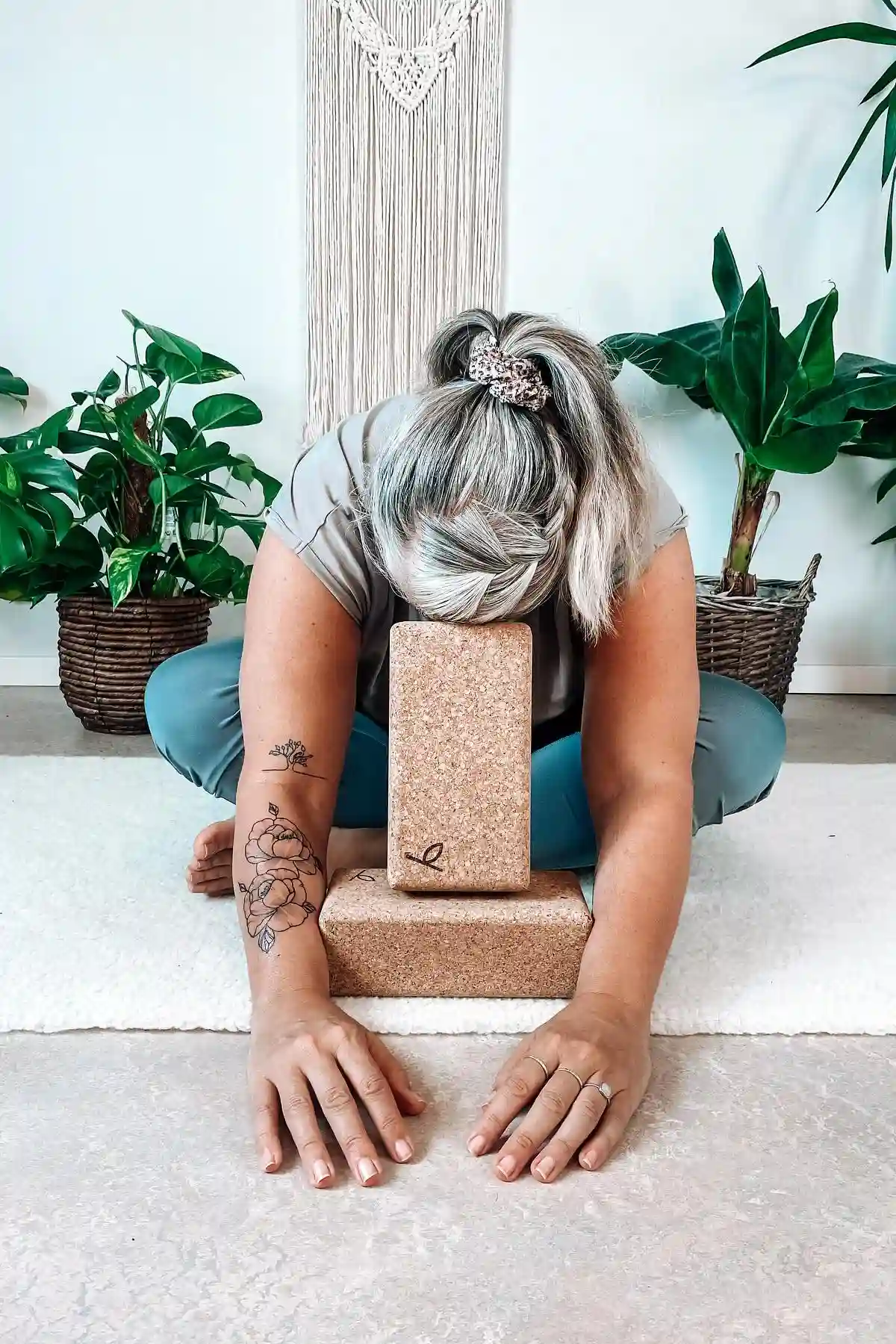
he body is designed to survive and protect itself. If we meet a bear on a hiking trail, all of the body's functions will activate to help us run or fight our way to survival. Even though most stress we encounter is not life-threatening, it is still interpreted this way in the body. This means our sympathetic nervous system is activated multiple times daily, releasing stress hormones like adrenaline, noradrenaline, and cortisol that flood our body, making our heart pump faster, sending blood to our extremities, and creating prime survival conditions.
Unfortunately, our digestive systems are not prioritized during fight or flight. For our digestion to run smoothly, our nervous systems must be calm and relaxed. When the energy in our bodies is being used to increase heart rate for blood flow, the digestive system is put on hold. Breaking down food, absorbing nutrients, and sorting what needs to be eliminated are less critical in primal survival.
Article Topics
Yin Yoga's Impact on Digestive Wellness
Any Yin yoga session will assist us by activating the parasympathetic nervous system, allowing us to rest deeply, and enabling our digestive systems to function in ways that nourish our bodies and eliminate toxins effectively. Yin’s slow pace and meditative qualities help switch off your busy schedule and mental loads to find long-held, supported postures that turn down the dial on the fast pace to which many of us are habituated. All of this serves to take the practitioner from “fight or flight” (sympathetic nervous system) into “rest and digest” (parasympathetic nervous system).
Yin Yoga Poses for Digestion
There are many common yin yoga poses, but more specialized ones will help target your digestive tract. Some because of the physical activation they cause and others because they target the stomach and large intestine meridian channels of Traditional Chinese Medicine. These are considered energetic highways mapped out on the body and connected with specific organs, elements, and emotions.
If you are practicing with a certified yin yoga teacher, you will likely receive hands-on guidance, but if not, try these detailed poses to enhance both a state of relaxation and digestion:
Reclining Twist

Photo: @studiostill | Instagram
This pose activates your digestive tract by twisting gently. You may prefer blankets or pillows to support your knees or under your shoulders.
- Begin by laying down on your back and bending both knees, holding the tops of your knees or shins with both hands, and pulling them toward your chest. Your thighs may contact your abdomen, giving it a little massage. Circle your knees around in both directions to release your lower back. Then, allow both knees to fall to the right-hand side of the earth. If not possible, use a blanket to support under your knees so your torso twists from the waist.
- Stretch your arms to the left and right to make a T-shape with your arms and torso. If it’s safe for your neck, turn your head and gaze to the left (the opposite direction to your knees).
- Breathe deeply, and allow yourself to let go. Notice where you may be holding any tension in your body, and allow it to release with your intention. Feel free to use pillows or folded blankets to support you if a profound sensation or holding pattern that prevents you from surrendering into the pose.
- If you wish to feel the pose more deeply, bring your knees closer to your chest and arms while remaining in the twist. Hold the pose for 3 minutes.
Repeat on the other side by carefully bringing both your knees into your chest, twisting them over to the left side, and turning your gaze to the right if it feels okay in your neck to do so. Hold for the same amount of time on both sides.
During prenatal yoga – please ensure your torso and shoulders are elevated and supported into a reclined seated position using pillows or bolsters. Do not twist from the torso; always twist from below the baby.
Dragonfly Pose
This pose targets the stomach meridian, which starts in the second toe, runs up the front and outside of the leg, up the front of the torso, and ends just below the eye. The props you may need for this pose are yoga blocks or anything to help support your arms, such as firm pillows or bolsters. You may also prefer to sit on a folded blanket if you have tight hips.
- Come to a seat on your yoga mat, and take your legs out wide so that your left leg is shifted to the left and your right leg is shifted to the right. Ensure that your legs are as wide as is comfortable for your body. It is ok to have slightly bent knees or rolled blankets under your knees if needed.
- Place a pillow or blocks in front of you, and begin to fold forward so that your torso folds between your legs to the depth that your body allows. Place your forearms on the props, and allow your head to hang. You can also place a prop under your forehead to help support it.
- Allow yourself to breathe deeply, releasing and surrendering as much as possible. You can hold this pose for 3-5 minutes. Notice as you hold the pose if your body begins to open, and see if you can fold forward more as the minutes pass. Often, we can soften deeper into a pose the longer we hold it, and you may need to shift the position of the props as you do so.
During prenatal yoga – you may do this pose safely using props and ensuring no belly compression. Be careful not to overstretch in this pose.
Anahata/Heart Melting Pose
This pose focuses on the Large Intestine Meridian, which begins in your index finger, runs up the outside of your arm, across the upper chest, up into the face, and ends in the depression next to the nasolabial fold on the opposite side of your body.
For this pose, you may need a yoga bolster or firm pillows to support under your chest, a yoga block under your head, or a folded blanket under your knees if you experience discomfort in your knee joints.
- Come to your hands and knees in the quadruped (“tabletop”) position. Begin to walk your hands forward toward the top of your mat. Keep walking them forward until you can place your forehead on the ground (or on a block or any preferred prop). Your chest will “melt” toward the earth, opening the front of your chest to feel a stretch in your armpits.
- If you feel too much discomfort in your chest or shoulders, place a soft prop under your chest to support you, but only to the degree that you can still feel a stretch while holding the pose. This pose should be held for 3 minutes.
- To leave the pose, slowly and carefully walk your hands back toward your knees. You may like to press back into a child’s pose when you are complete by widening your knees and sitting your hips back between your feet, laying your head on the earth, and resting your elbows or bringing them down by your sides.
During prenatal yoga – you may need extra support under the head, arms, and chest. Always ensure there is no compression to the belly. If you are taking a class, ask your certified prenatal yoga instructor for additional modifications.
Conclusion
Yin Yoga sequences are an excellent practice for anyone experiencing digestive issues. Always ensure you are comfortable, practicing safely, and using props to assist you. You should experience stretching or slight discomfort but never pain. There should never be any sharp or electric feelings, which are warning systems from the body to ask you to come out of the pose. Ensure you exit all poses slowly and carefully. Drink a large glass of warm water when you complete your practice, and enjoy the relaxation and benefits to your digestive system!



